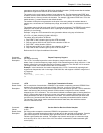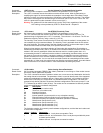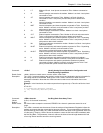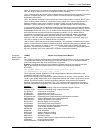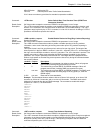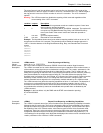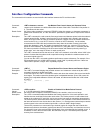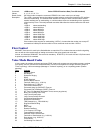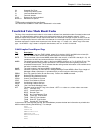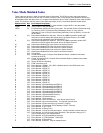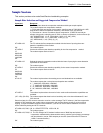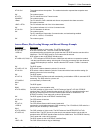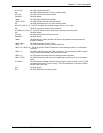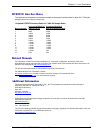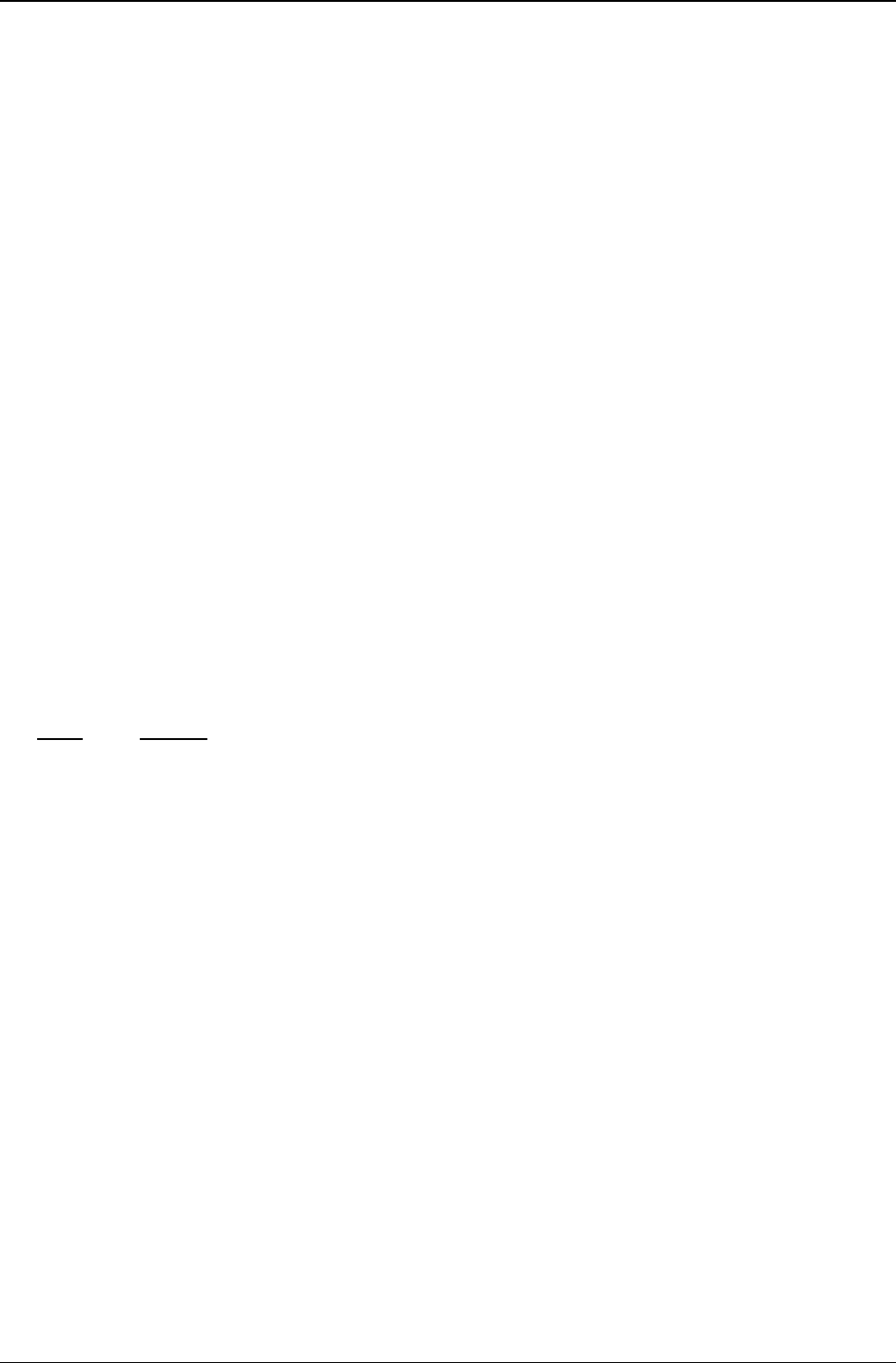
Chapter 6 – Voice Commands
SocketModem Global MT5634SMI Developer’s Guide 58
Command: +VPR=<rate> Select DTE/DCE Interface Rate (Turn Off Autobaud)
Values: 0, 1, 2, 3, 4, 5, 6, 7, 8
Result Codes: OK if the modem accepts the command; ERROR if the <rate> value is out of range.
Description: The +VPR= command causes the modem to select between various fixed modem-to-PC interface
rates and autobauding. The selected fixed interface rate stays in effect until the modem selects
another interface rate or autobauding, or until the modem returns to autobauding on the expiration
of the Inactivity Timer. The newly selected rate takes effect after the modem returns the OK result
code.
+VPR=0 select autobauding
+VPR=1 select 2400 bps
+VPR=2 select 4800 bps
+VPR=3 select 7200 bps
+VPR=4 select 9600 bps
+VPR=5 select 12000 bps
+VPR=6 select 14400 bps
+VPR=7 select 16800 bps
+VPR=8 select 19200 bps
If the modem claims support for autobauding (+VPR=0), it means that the modem can accept AT
commands at 2400 bps at all times while in Voice command mode and with +VPR=0.
Flow Control
XON/XOFF flow control is used by the SocketModem to match the PC-to-modem data rate to the line-signaling
rate, as well as to the requirements of analog conversion of the voice signals and voice data.
In-band, uni-directional XON/XOFF flow control is mandatory. RTS/CTS (V.24 circuits 106 and 133) flow control
is optional per the IS-101 standard.
Voice Mode Result Codes
In Voice mode, the modem can detect and report DTMF, detect call progress tone and cadence events, evaluate
voice quality, and can monitor telco-related activities. Events can be reported as a single character (Simple or
"Terse" reporting), a full-text message (Message or "Verbose" reporting), or as a repeating pattern (Pattern
reporting).
Terse Verbose
0 Caller ID Report
1 DID Report
2 Distinctive Ringing
3 RING
4 DTMF Received
5 Receive Buffer Overrun
6 Facsimile Calling (e.g., 1100 Hz)
7 Data Calling (e.g., 1300 Hz)
8 Local Phone On/Off Hook
9 Presumed Hang Up (SILENCE) Time-out
10 Presumed End of Message (QUIET) Time-out
11 SIT Tone (CO Standard Information Tones, sent to pay phones)
12 Bong Tone (Calling Card Tone)
13 Loop Current Interruption
14 Loop Current Polarity Reversal
15* Call Waiting Beep/Interrupt*
16* Distinctive Call Waiting*
17* TDD Detected (e.g., 1400/1800 Hz)*
18 Ring Back/Remote Ring
19 BUSY
20 DIALTONE
21 Reorder/Fast Busy
22 V.21 Channel 2 7E Flags
23 Transmit Buffer Under Run
24 Extension Phone On/Off Hook
25 Facsimile or Data Answer (e.g., 2100 Hz)
26 Data Answer (e.g., 2225 Hz)
27 Voice Detect
28 Call Waiting Plus Caller ID



